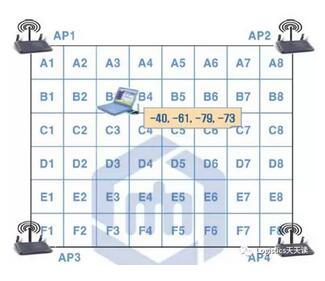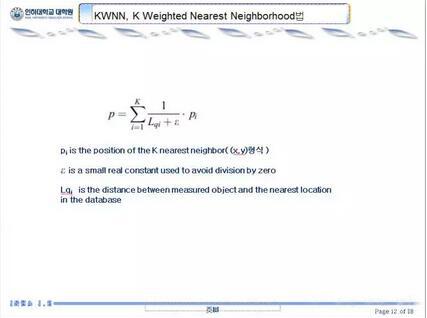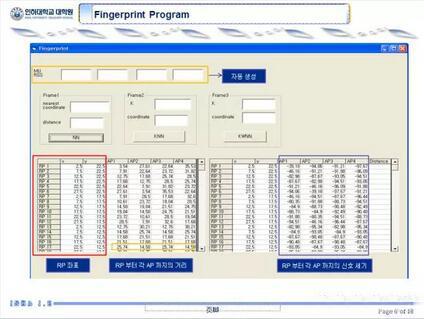
A Brief Talk on RFID Positioning Technology from the Positioning in the Museum
[ad_1]
Let’s talk about RFID positioning technology from the indoor navigation project of Incheon Folk Museum of Korea. The project mainly uses RFID technology for indoor positioning and unmanned explanation. Since GPS signals cannot be used in traditional buildings and mobile phone signals are not stable indoors, mature and feasible indoor positioning technologies currently mainly include RFID technology, WIFI technology, and ZigBee technology. However, the latter two technologies cannot achieve unattended functions, so Incheon Folklore The museum uses RFID technology for indoor positioning and unmanned explanations.
RFID positioning
The principle of RFID positioning is similar to GPS positioning. After receiving multiple reader signals, the RFID tag calculates its coordinates based on the signal value of each reader.
In Figure 1, A1-F8 is a site, divided into 24 sub-areas A1-F8, each area has a geographic coordinate. The notebook in the picture represents a device carrying RFID tags. There are 4 RFID readers in the 4 corners of the venue, labeled AP1-AP4. The signal strength of the 4 APs received by the RFID tag in the B3 area is (-40, -61, -79, -73). According to the strength of the signal value, the area in which it is located can be deduced finally.

step 1
Divide a site into several areas, and each area has a corresponding geographic coordinate.

Step 2
Use an algorithm called “KWNN” to calculate the signal values of the four APs received in all sub-regions.

Step 3
After carrying the RFID tag and receiving the signal values of 4 APs, according to the KWNN algorithm, compare the AP signal values of each area, and finally calculate the geographic coordinates and location area of oneself.

Application 1: Prison
In order to strengthen the management of prisoners, especially to monitor the location of prisoners in real time, RFID bracelets can be used in prisons. The bracelet is put on the prisoner’s hand and will automatically alarm once it is removed. Through RFID positioning, prison managers can watch the distribution of all prisoners in one video (prison GIS), while traditional video monitors cannot concentrate all prisoners on one screen. Once the prisoner carrying the RFID bracelet is close to the edge of the prison, the system will automatically alarm. The prison guards can quickly find the prisoner based on the RFID positioning system to prevent him from breaking out of the prison. In addition, if the prisoner is in a non-moving state for a long time, the system will prompt the prison to check Is the prisoner ill or is he forced to turn on the bracelet to prepare for jailbreak? When the prisoner tried to make up, conceal, and forcefully pass through the prison door, the reader reads the signal of the wrist tag illegally entering the area, and sends an alarm to the backstage central control room. At the same time, the camera takes the initiative to take pictures of the scene. The central control room communicates in real time to the area through the intercom.
Application 2: Museum
Some museums are designed with unusually shaped structures, and it is easy for the audience to get lost or find it difficult to find the area they wish to visit. Through GIS modeling and RFID navigation, visitors can navigate in the museum with PDA devices with integrated RFID chips, and can quickly find the location and route of an exhibit.
Application 3: Underground mine
Because of the strong signal penetration and anti-interference ability of RFID, it is suitable for various complex places, so it is also used for mine management. In the mining industry, due to the complex underground environment, landslides are prone to occur. Once a landslide occurs, it will take some time for the mine to know who has gone down the mine. However, the location of the workers is not clear. Therefore, in the event of a mining disaster, rescue The efficiency is low, because the location of the underground absenteeism is not clear. After using the RFID system, underground absenteeism can be located, and in the event of a disaster, it can be targeted for rapid rescue.
[ad_2]



